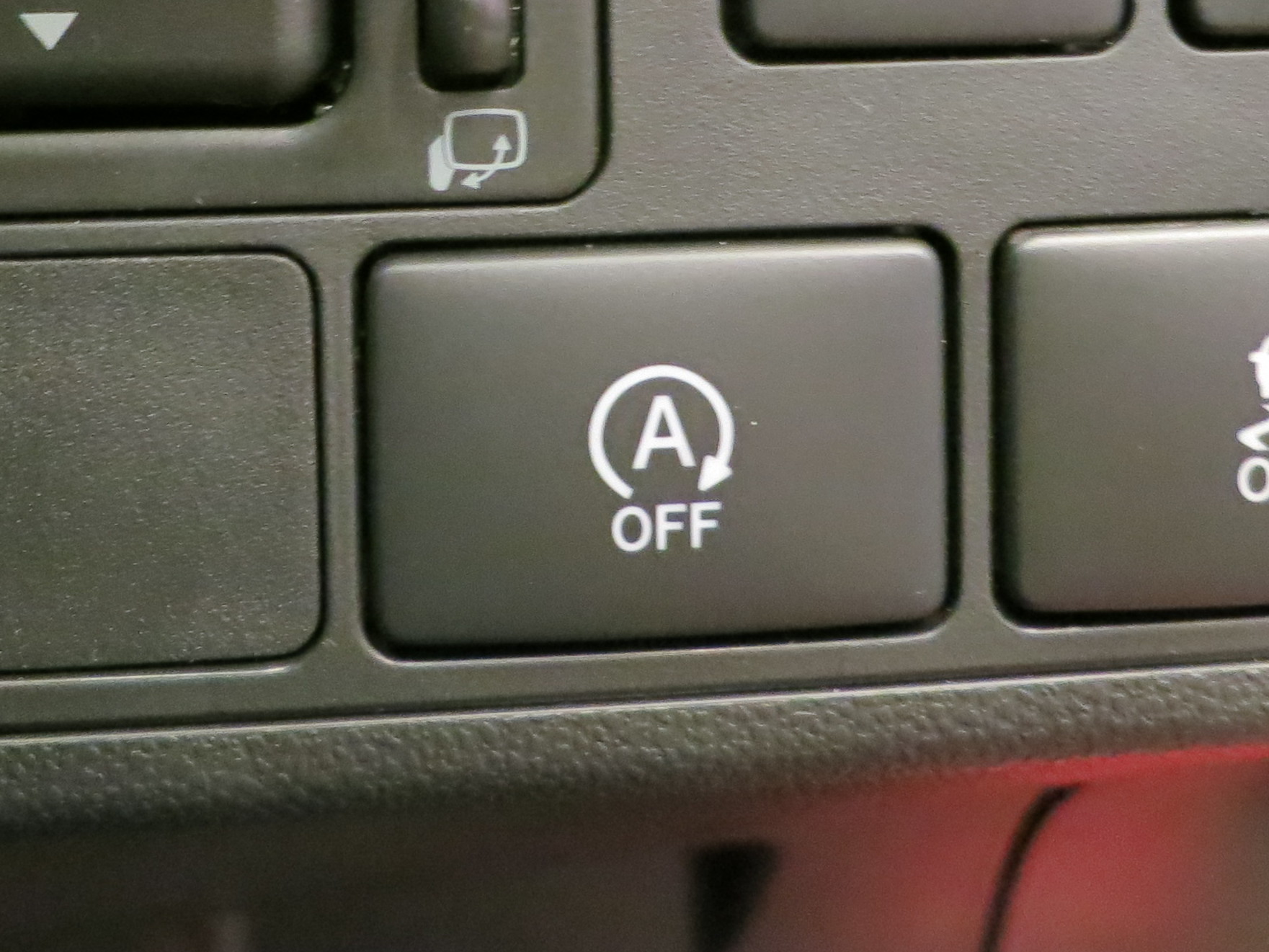To turn off a car, simply locate the ignition key or button and turn it to the off position. This will shut down the car’s engine and electrical systems.
Cars have become an essential part of modern living, allowing us to travel conveniently and independently. However, knowing how to properly operate a car is crucial, and this includes understanding how to turn it off safely. Whether you’re a new driver or simply need a refresher, turning off a car is a straightforward process.
We will guide you through the steps to effectively shut down a vehicle, ensuring both your safety and maintaining the health of your car’s systems. By following these simple instructions, you’ll be able to confidently turn off your car without encountering any issues or complications. So, let’s dive in and explore the proper way to shut down a car.

Credit: en.wikipedia.org
Table of Contents
Understanding The Importance Of Properly Shutting Down Your Vehicle
Understanding the importance of properly shutting down your vehicle is crucial to avoid potential risks. By following the correct procedure, you can prevent long-term damage or mechanical issues. Failing to turn off your car correctly can have negative consequences. It is essential to be aware of the potential risks and the impact they can have on your vehicle’s overall health.
By taking the time to shut down your car properly, you can ensure its longevity and reduce the chances of encountering any future problems. Properly turning off your vehicle is a simple yet vital step towards maintaining its optimal performance and avoiding costly repairs.
So, always remember to follow the correct procedure when shutting down your car to keep it in the best possible condition.
Step-By-Step Guide To Turning Off Your Car
To turn off your car safely, first, find a designated parking area and engage the parking brake. Ensure all accessories are off and shift the gear into neutral or park. Turn off headlights, internal lights, and electronics. Gradually release pressure on the brake pedal.
Next, shut down the engine by turning the ignition key or pressing the engine stop button. Before exiting the vehicle, confirm that all systems have powered down. Remember to park responsibly, follow these steps, and stay safe on the road.
Special Considerations For Different Vehicle Types
Turning off a car requires special considerations depending on the type of vehicle. Gasoline-powered cars should follow common steps and precautions. It’s important to address any specific manufacturer requirements. Electric cars have unique considerations, such as managing the battery level before turning them off.
Hybrid cars have different shutdown procedures to maximize energy efficiency and ensure a proper shutdown. By adhering to these guidelines, you can safely turn off your car, regardless of its type.
Additional Tips And Best Practices
Regular maintenance and inspections are vital for optimal vehicle performance. It is crucial to understand any warning lights or indicators on the dashboard. This knowledge can help identify potential issues and address them promptly. When turning off a car, it is important to follow safety measures and properly shut down the vehicle, especially in emergency situations.
Additionally, when dealing with rental or borrowed vehicles, it is essential to ensure they are shut down correctly to avoid any mishaps. Lastly, it is important to be aware of common mistakes to avoid when turning off your vehicle. By following these tips and best practices, you can ensure the safety and longevity of your car.
Conclusion
Turning off a car may seem like a simple task, but it is essential to do it correctly to ensure the safety and maintenance of the vehicle. By following these easy steps, you can confidently turn off your car without causing any damage or unnecessary wear and tear.
Remember to always engage the parking brake, shift the gears to neutral or park, and turn off the engine by removing the key or pressing the stop/start button. Additionally, it is important to pay attention to any warning lights or sounds that may indicate a problem with the vehicle.
Regular maintenance and proper car shutdown procedures can prolong the life of your vehicle and contribute to a safer driving experience. So, the next time you park your car, take a moment to follow these steps and rest easy knowing you’ve done it the right way.
